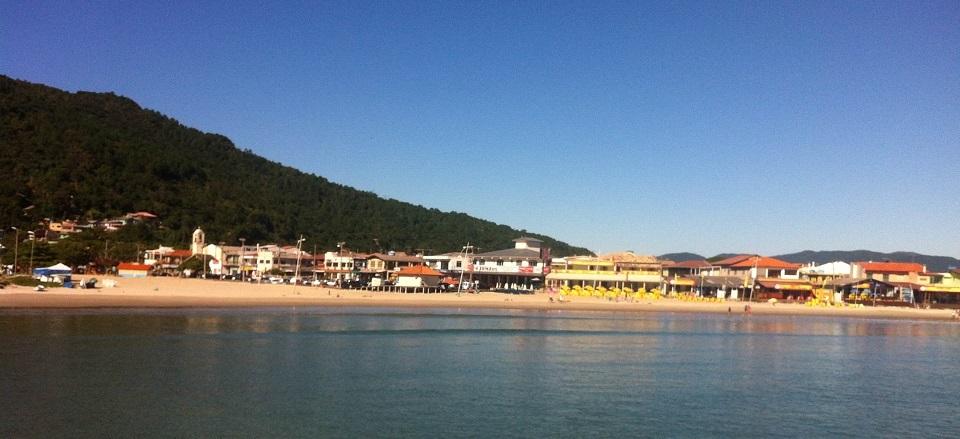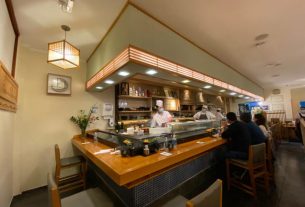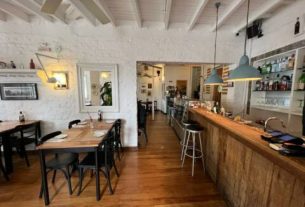I’ve already lived in two Brazilian metropolises and tested the public transport system in some of the biggest cities in the world, like Mumbai, New Delhi and Hong Kong. I’ve rarely spent so much time in traffic as during the weekend I spent in Florianópolis, in April – and I didn’t even face traffic jams. Even so, it was only in the capital of Santa Catarina that I had to take four (!!) buses to get back to the hostel. It was then that I understood in practice a phrase that I had already heard a few times: Florianópolis is a fantastic city, one that every Brazilian needs to know, but to be discovered in depth, the traveler needs to be in a car. I was not.
For me the problem starts with the Integrated Transport System, or simply SIT. Opened about 10 years ago, the SIT seems to be one of those incredible ideas that in practice works poorly. Very bad. In Floripa, buses are organized like a subway. Nine integration terminals were built. SIT buses run between them, which forces the user to transfer, changing vehicles at one terminal to go to another.
The advantage of this scheme is that there is no need to pay extra to make the change – once within the system, transfers are priced at just one ticket. The obvious disadvantage is that a bus is not a subway. Buses run slower, run at a much lower frequency and can still get stuck in traffic jams.
On a Saturday, Floripa with good traffic
“How do we get to the center?”, we asked an employee at the hostel where we stayed. “You take the bus on the back street and go to the Lagoa da Conceição terminal. From there, change buses and go to the central terminal.” So far so good: a transfer. We would only pay for the ticket once, no problem… But after getting to know the city center we decided to take a trip to Jurerê Internacional. Ready: two more transfers. To return to the hostel, at the end of the day, it was not possible to go from Jurerê to Barra da Lagoa – we had to make four transfers to Barra da Lagoa, which took around two hours. This was on a Saturday, with no traffic. Imagine if we had faced a traffic jam?
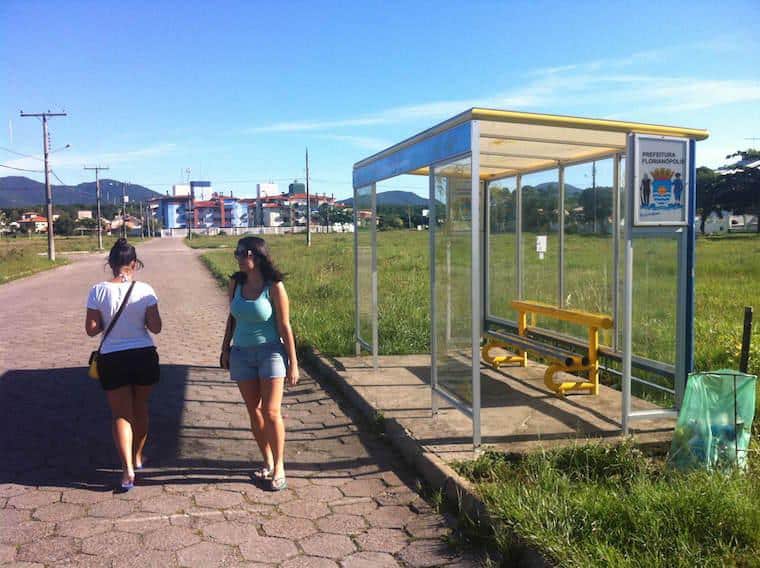
Naty and Lu at a bus stop, in Floripa
The adoption of the SIT was one of the causes of the turnstile revolts, an important chapter in the recent history of Florianópolis. To prove the point, here is a statement from a local blog, which you can find in full here: “The Integrated Transport System was inaugurated in August 2003. The negative reception from the population was evident: the routes became more complicated and took longer, due to the increase in unnecessary transfers”.
As tourists, we found the system inefficient, confusing and time-consuming. But this is not the only problem with public transport in the city. As is the case in many Brazilian capitals, Floripa does not have a subway, which makes users hostage to the bus. But things get worse: you also have to fight to secure a taxi.
Four transfers later and we arrived in the region of the Santo Antônio de Lisboa terminal. We wanted to go to the Fort of São José da Ponta Grossa. To do this, we decided to take a taxi (five buses, no way). But where’s the taxi? We walked, walked, walked… and nothing! It took some effort to find a taxi driver, who soon confirmed our suspicions. “There are very few taxis to serve this entire region of the island. In high season, there are even people who fight over the car”, he guaranteed.
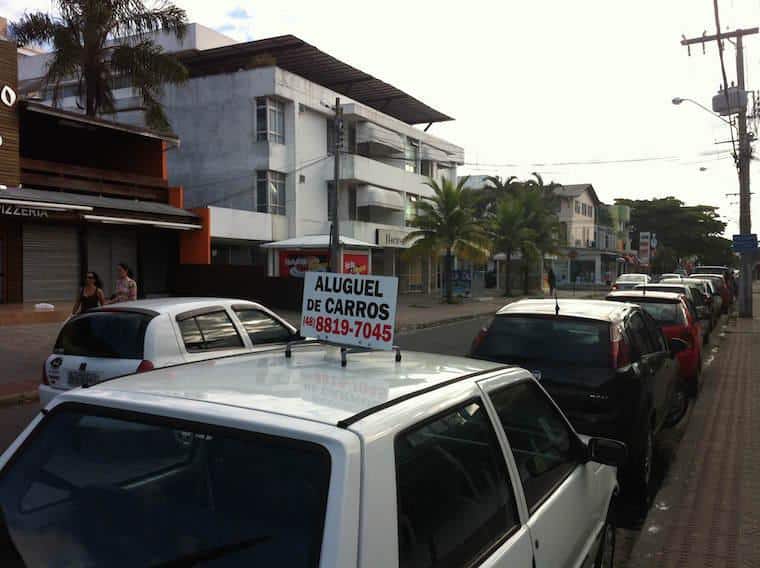
All of this taught us two things: Are you going to visit Florianópolis? Consider renting a car. This will make it easier to move around the city, allowing you to get to know different regions. If renting a car is impossible, then the solution is to choose carefully the place where you will stay, as changing regions is a complicated task. After spending around four hours on several buses (round trip) the next day we decided to stay at the beach. We didn’t even leave Barra da Lagoa, where we could walk from our hostel.

Sign up for our newsletter and stay up to date with exclusive news
that can transform your routine!
Warning: Undefined array key "title" in /home/storelat/public_html/wp-content/plugins/link-whisper-premium/templates/frontend/related-posts.php on line 12
Warning: Undefined array key "title_tag" in /home/storelat/public_html/wp-content/plugins/link-whisper-premium/templates/frontend/related-posts.php on line 13

